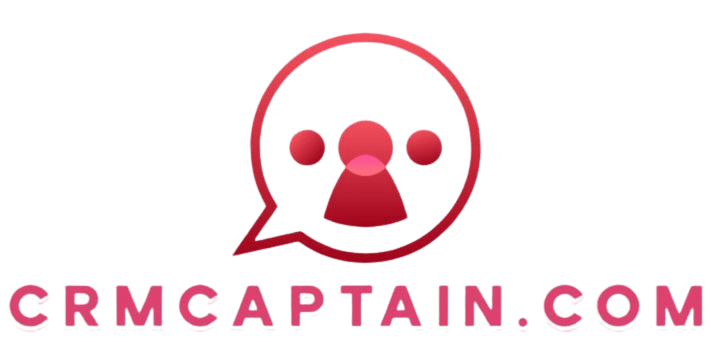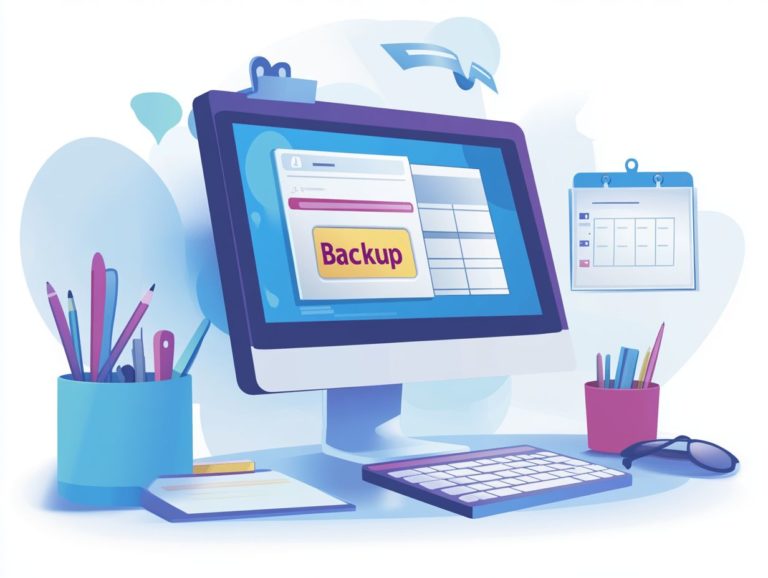How to Overcome Resistance to CRM Adoption
In today s fast-paced business landscape, mastering customer management tools can profoundly impact your company s success.
Many organizations encounter obstacles when implementing these systems.
Resistance often arises from misunderstandings and apprehensions among employees.
It is essential for you to pinpoint and tackle these challenges head-on.
This article delves into the common barriers to CRM adoption, offers effective strategies for overcoming them, and highlights critical metrics for measuring success.
Discover how to cultivate a culture that embraces CRM, propelling your business forward.
Contents
Key Takeaways:

Acknowledge the importance of CRM adoption for company success.
Identify and address common reasons for resistance to CRM adoption.
Implement strategies such as education, involvement, and addressing concerns to overcome resistance.
The Importance of CRM Adoption
Adopting a CRM system is essential for businesses looking to elevate their customer relationship management and streamline data management.
By prioritizing data quality and user-friendliness, effective CRM implementation can unlock increased sales opportunities and enhance the overall customer experience.
This ultimately fuels sales growth for small businesses.
A strong CRM system also facilitates better tracking of key performance metrics, empowering your organization to leverage data integrity for knowledge-based decision making.
Why Companies Struggle with Adoption
Many companies find themselves grappling with CRM adoption, facing challenges such as resistance to change and difficult integration of complex systems like Salesforce.
Resistance arises from employees’ hesitance to alter established workflows, creating friction during the introduction of new tools.
Integration issues complicate matters further, especially when connecting diverse data sources and legacy systems.
You may also encounter existing systems that lack the flexibility required for smooth CRM implementation.
The weight of these obstacles can significantly impede successful deployment of CRM solutions.
Leadership must act now to overcome these challenges and embrace the future!
Identifying Resistance to CRM Adoption
Identifying resistance to CRM adoption is crucial.
It helps address the underlying issues impacting both end users and sales teams.
Often, misunderstandings regarding the system s capabilities and potential disruptions to established manual workflows contribute significantly to this resistance.
Understanding these concerns empowers your organization to foster a smoother transition and enhance overall effectiveness.
Common Reasons for Resistance

Common reasons for resistance to CRM adoption include a preference for established manual workflows and concerns about the user-friendliness of complex systems like Salesforce.
You might feel apprehensive about shifting to a new system, fearing unknown challenges during the transition.
This apprehension typically stems from a long-standing reliance on familiar processes.
Concerns about usability can deter even the most enthusiastic team members from fully embracing Salesforce.
By understanding these factors, you can develop strategies that enhance comfort levels and ultimately boost user engagement.
Strategies for Overcoming Resistance
Implementing effective strategies to overcome resistance to CRM adoption is crucial for securing stakeholder support, as highlighted in the importance of user adoption in CRM.
Consider incorporating comprehensive training programs tailored to your team while actively addressing any concerns employees may have.
This proactive approach fosters acceptance and cultivates a culture of collaboration and growth within the organization.
Educating and Involving Employees
Educating and involving your employees through tailored training programs is an essential strategy for fostering Customer Relationship Management (CRM) adoption among end users and sales teams.
By equipping your workforce with the essential skills and knowledge they need, you can significantly enhance your organization s overall performance metrics.
Engaging your staff in comprehensive workshops and practical sessions on CRM tools not only boosts user confidence but also promotes collaborative usage across departments.
Such initiatives have been proven to elevate customer satisfaction rates, increase retention, and drive sales productivity.
When you combine the practical application of CRM systems with ongoing support, you create an empowered team that can adeptly leverage data insights to make informed decisions, aligning closely with your business s strategic objectives.
Addressing Concerns and Misconceptions
Addressing concerns and misconceptions about CRM adoption is essential for easing resistance to change and ensuring a seamless implementation of complex systems.
You can take a proactive approach by fostering open communication channels where your employees feel comfortable voicing their uncertainties. Providing comprehensive training that emphasizes user-friendliness and showcases the system’s capabilities can significantly alleviate anxiety.
It’s also crucial to maintain high data quality; your employees need to trust the information they’re working with. Create an environment that welcomes feedback and offers continuous support, empowering your teams to view CRM systems as critical tools rather than daunting obstacles.
This holistic approach ultimately enhances engagement and facilitates smoother integration of new technologies.
Measuring and Tracking Adoption Success

Measuring and tracking adoption success is crucial for your organization.
This process allows you to evaluate the effectiveness of your CRM adoption strategies and pinpoint areas that require continuous improvement.
Key Metrics to Monitor
Key metrics to monitor during CRM adoption include performance indicators that distinctly reflect your sales growth and customer satisfaction. These metrics serve as vital benchmarks, guiding you in assessing how effectively your CRM system enhances customer interactions and streamlines operations.
By specifically tracking indicators like lead conversion rates, customer retention percentages, and average response times, you can gain valuable insights into both sales performance and customer experiences.
Keeping an eye on these metrics not only aids in refining your data management practices but also supports your overall business performance. Analyzing these aspects helps you make better decisions and enhance brand loyalty.
Continuing to Foster Adoption
Continuing to cultivate CRM adoption is essential for ensuring smooth operations and nurturing a culture of ongoing improvement within your organization.
This commitment not only streamlines processes but also empowers your team to embrace innovation and elevate overall performance.
Best Practices for Maintaining Adoption
To maintain strong CRM adoption, you should prioritize best practices like regular training programs that enhance user-friendliness and ensure data integrity.
Training should be a continuous journey, not a one-time event; it needs to be ongoing and adaptable to the changing needs of both employees and the organization.
Imagine incorporating simulations and role-playing into these programs, allowing users to dive deeper into functionalities and workflows.
It’s essential for you to monitor performance indicators, such as user engagement metrics and data accuracy rates, to pinpoint areas that might need a little extra attention.
Establishing regular feedback loops will provide valuable insights, enabling your team to fine-tune the training effectively.
By implementing these strategies, you foster a culture of accountability, spark enthusiasm for CRM tools, and ultimately drive better relationship management throughout the organization.
Frequently Asked Questions

What is CRM adoption resistance?
CRM adoption resistance is when organizations face challenges when putting a new Customer Relationship Management (CRM) system into use. It can also refer to difficulties in getting employees to use the system effectively.
What are the common reasons for resistance to CRM adoption?
Common reasons include lack of understanding, fear of change, insufficient training, and concerns about job security.
How can I address the lack of understanding?
Show your team the amazing benefits of the CRM system! Provide thorough training so they can use it confidently.
How can I overcome fear of change?
Involve employees in the decision-making process. Help them see how the CRM system will benefit both them and the organization.
What can I do to encourage CRM adoption?
Encourage CRM adoption by creating a positive and supportive work environment. Offer ongoing training and recognize employees who use the system well.
What should I do if employees perceive the CRM system as a threat to their job security?
Address their concerns directly. Reassure them that the CRM system is designed to enhance their work, not replace them.






